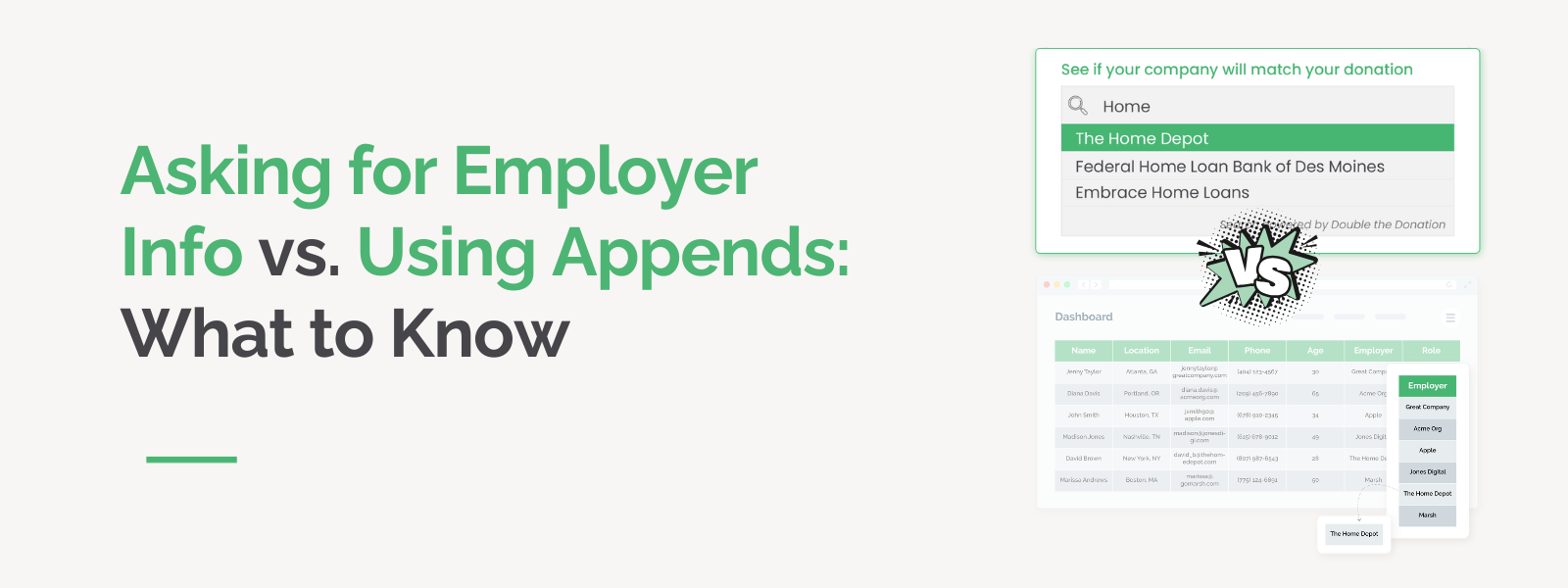 https://doublethedonation.com/wp-content/uploads/2025/07/DTD_Asking-for-Employer-Info-vs.-Using-Appends-What-to-Know_Feature.png
600
1600
Adam Weinger
https://doublethedonation.com/wp-content/uploads/2025/11/DTD-horizontal-logo-300x63.png
Adam Weinger2025-07-16 19:02:492025-11-21 04:29:31Asking for Employer Info vs. Using Appends: What to Know
https://doublethedonation.com/wp-content/uploads/2025/07/DTD_Asking-for-Employer-Info-vs.-Using-Appends-What-to-Know_Feature.png
600
1600
Adam Weinger
https://doublethedonation.com/wp-content/uploads/2025/11/DTD-horizontal-logo-300x63.png
Adam Weinger2025-07-16 19:02:492025-11-21 04:29:31Asking for Employer Info vs. Using Appends: What to Know
What Your Employer Appends Might Be Missing—and Why it Matters
When it comes to nonprofit fundraising, data is power—especially…
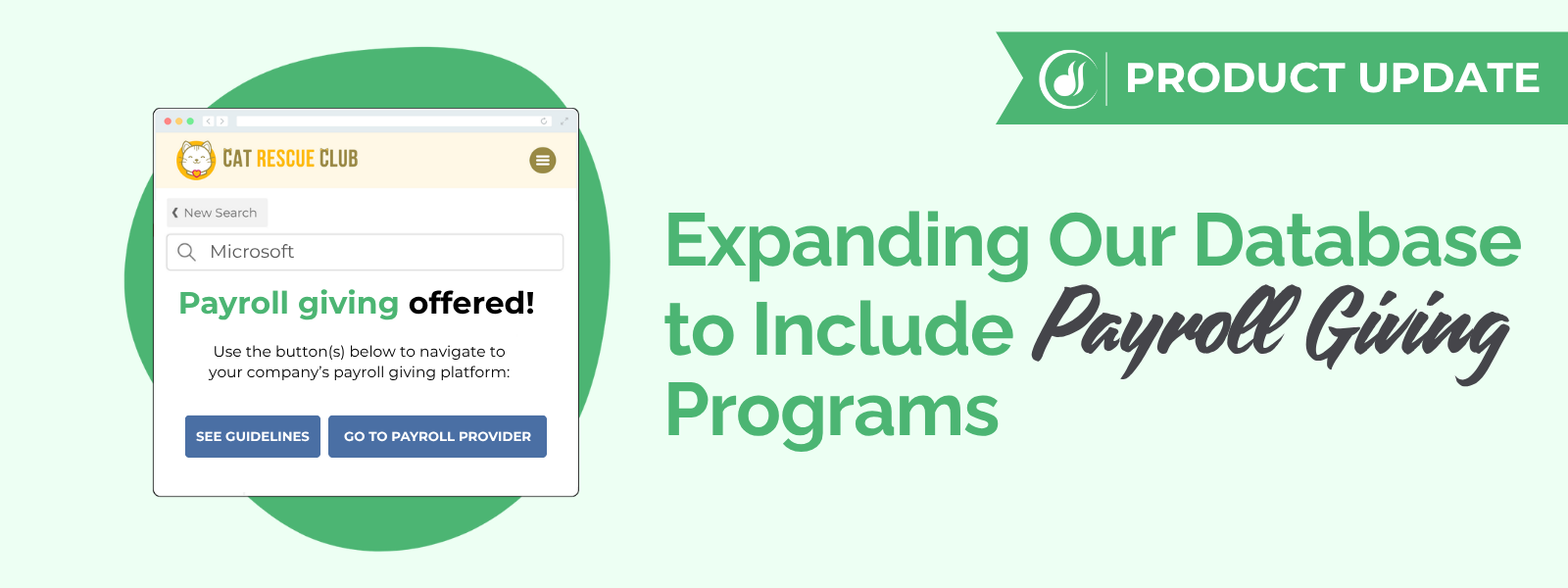 https://doublethedonation.com/wp-content/uploads/2025/06/DTD_Payroll-Giving-Programs-Now-Available_Feature.png
600
1600
Adam Weinger
https://doublethedonation.com/wp-content/uploads/2025/11/DTD-horizontal-logo-300x63.png
Adam Weinger2025-06-27 14:23:062025-11-21 04:50:46Expanding Our Database to Include Payroll Giving Programs
https://doublethedonation.com/wp-content/uploads/2025/06/DTD_Payroll-Giving-Programs-Now-Available_Feature.png
600
1600
Adam Weinger
https://doublethedonation.com/wp-content/uploads/2025/11/DTD-horizontal-logo-300x63.png
Adam Weinger2025-06-27 14:23:062025-11-21 04:50:46Expanding Our Database to Include Payroll Giving Programs
Avoid These 5 Employer Appending Mistakes Nonprofits Make
When it comes to maximizing donor intelligence, employer appending…
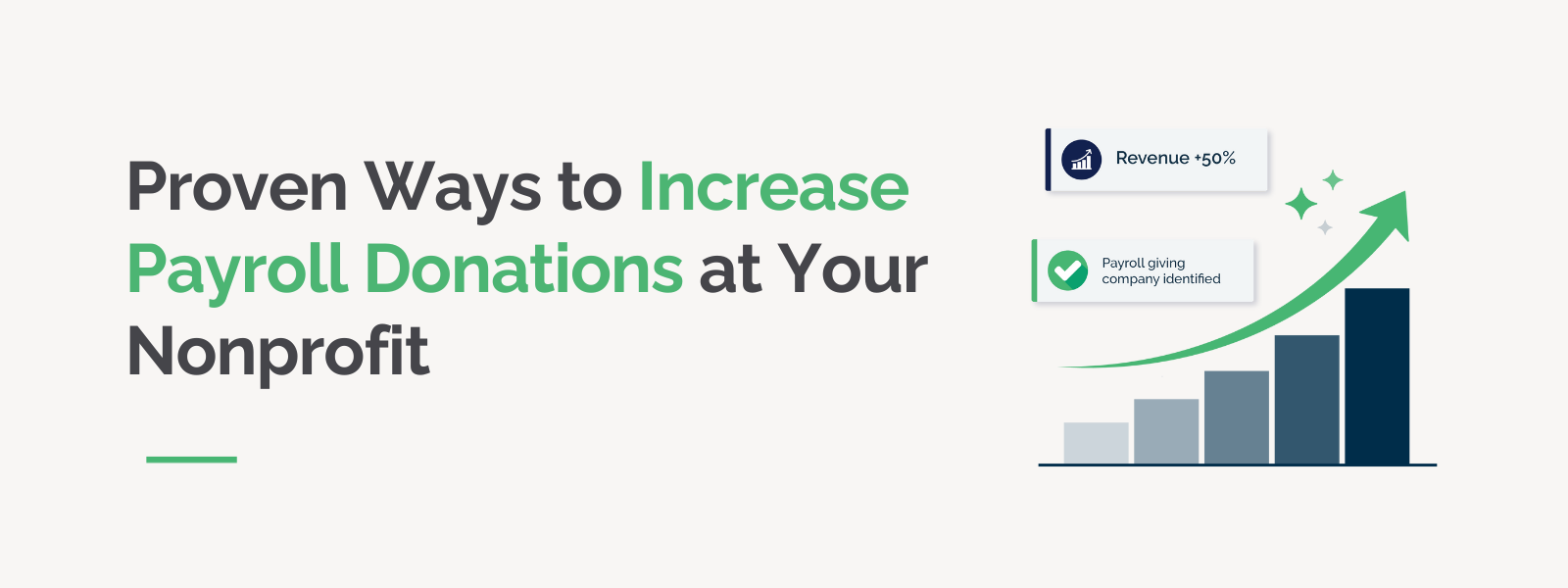 https://doublethedonation.com/wp-content/uploads/2025/06/DTD_Proven-Ways-to-Increase-Payroll-Donations-at-Your-Nonprofit_Feature.png
600
1600
Julia Beltran
https://doublethedonation.com/wp-content/uploads/2025/11/DTD-horizontal-logo-300x63.png
Julia Beltran2025-06-12 15:37:292026-01-07 19:06:385 Proven Ways to Increase Payroll Donations at Your Nonprofit
https://doublethedonation.com/wp-content/uploads/2025/06/DTD_Proven-Ways-to-Increase-Payroll-Donations-at-Your-Nonprofit_Feature.png
600
1600
Julia Beltran
https://doublethedonation.com/wp-content/uploads/2025/11/DTD-horizontal-logo-300x63.png
Julia Beltran2025-06-12 15:37:292026-01-07 19:06:385 Proven Ways to Increase Payroll Donations at Your Nonprofit
New Volunteer Integration: Connecting Summa & Double the Donation Volunteering
Double the Donation is excited to announce an expansion of its…
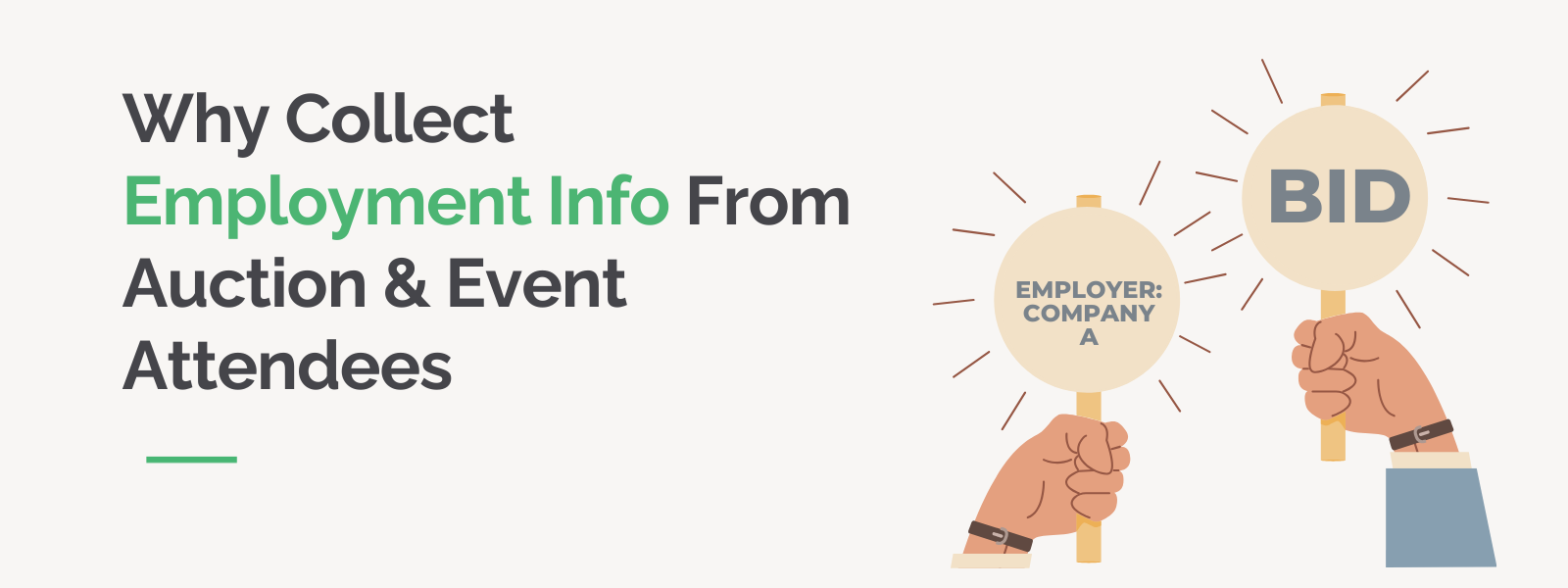 https://doublethedonation.com/wp-content/uploads/2025/05/DTD_Why-Collect-Employment-Info-From-Auction-Event-Attendees_Feature.png
600
1600
Julia Beltran
https://doublethedonation.com/wp-content/uploads/2025/11/DTD-horizontal-logo-300x63.png
Julia Beltran2025-05-20 13:48:122026-01-07 19:06:39Why Collect Employment Info From Auction & Event Attendees
https://doublethedonation.com/wp-content/uploads/2025/05/DTD_Why-Collect-Employment-Info-From-Auction-Event-Attendees_Feature.png
600
1600
Julia Beltran
https://doublethedonation.com/wp-content/uploads/2025/11/DTD-horizontal-logo-300x63.png
Julia Beltran2025-05-20 13:48:122026-01-07 19:06:39Why Collect Employment Info From Auction & Event Attendees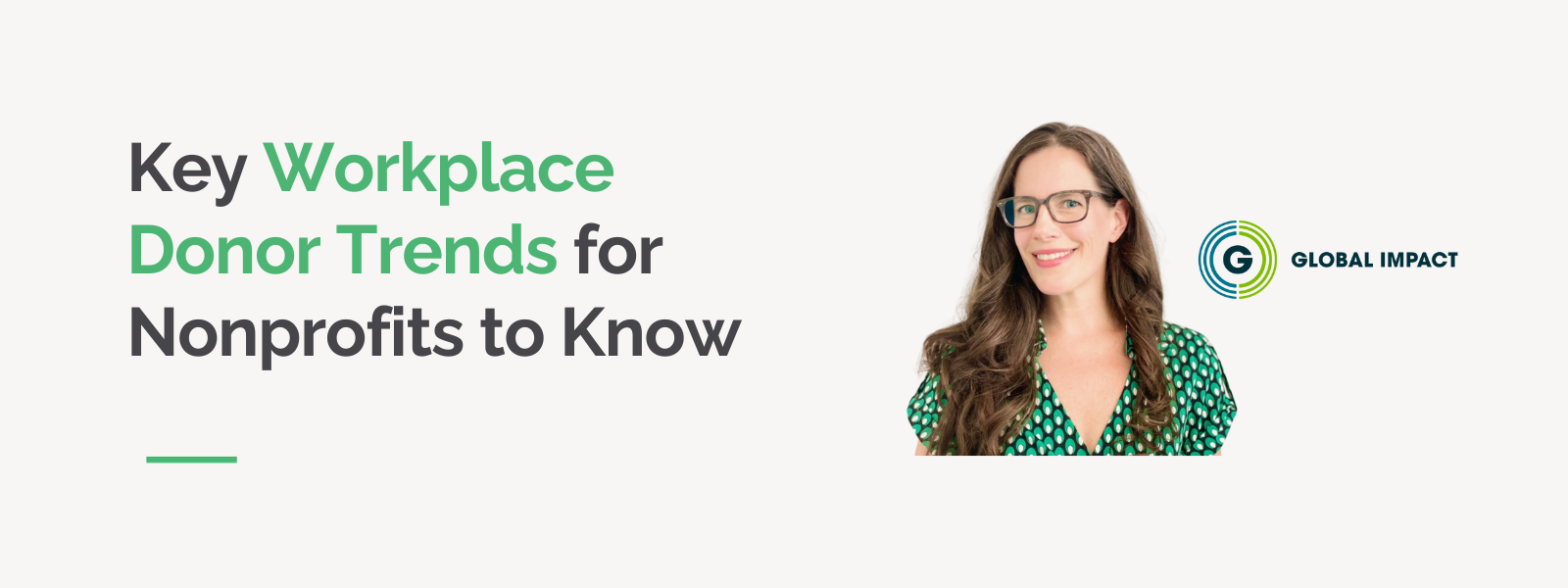 https://doublethedonation.com/wp-content/uploads/2025/05/DTD_Key-Workplace-Donor-Trends-for-Nonprofits-to-Know_Feature.png
600
1600
Kyra Engle
https://doublethedonation.com/wp-content/uploads/2025/11/DTD-horizontal-logo-300x63.png
Kyra Engle2025-05-15 18:46:542026-01-07 18:31:21Key Workplace Donor Trends for Nonprofits to Know
https://doublethedonation.com/wp-content/uploads/2025/05/DTD_Key-Workplace-Donor-Trends-for-Nonprofits-to-Know_Feature.png
600
1600
Kyra Engle
https://doublethedonation.com/wp-content/uploads/2025/11/DTD-horizontal-logo-300x63.png
Kyra Engle2025-05-15 18:46:542026-01-07 18:31:21Key Workplace Donor Trends for Nonprofits to Know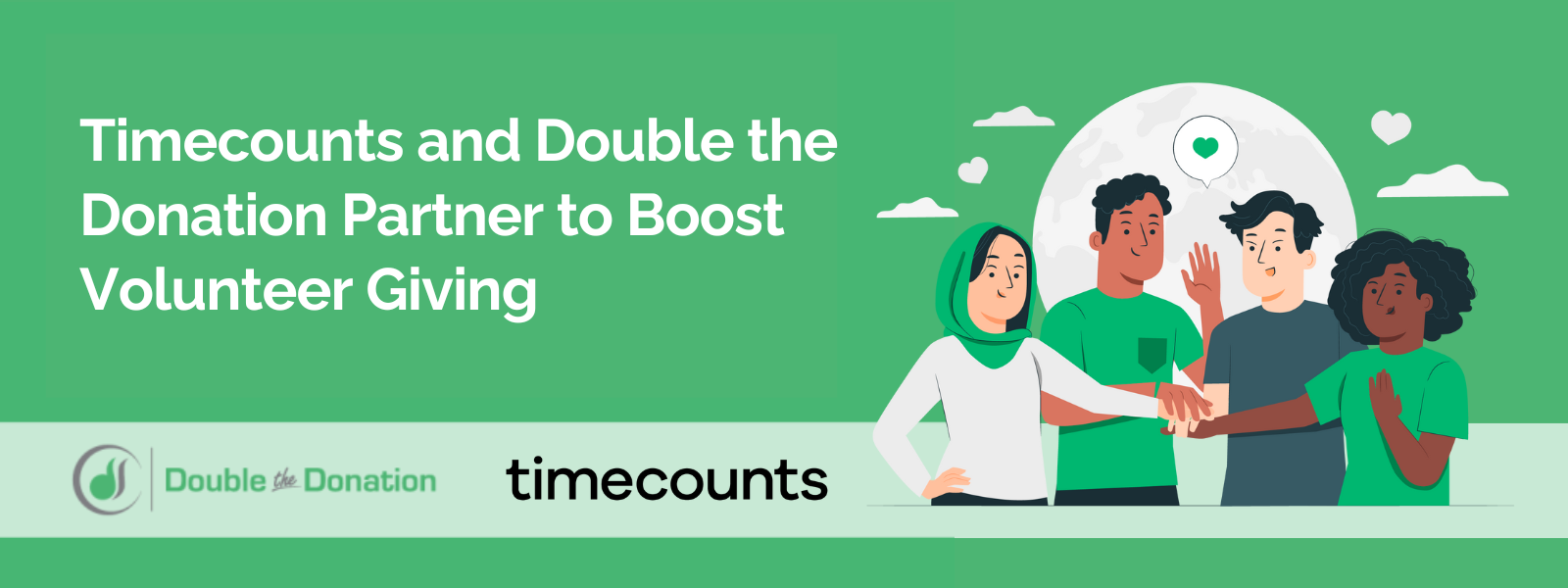
Timecounts & Double the Donation Partner to Boost Volunteer Giving
Workplace giving programs, like volunteer grants and Volunteer…
 https://doublethedonation.com/wp-content/uploads/2025/05/DTD_Securing-Team-Wide-Volunteer-Grant-Buy-In-Getting-Started_Feature-2.png
600
1600
Adam Weinger
https://doublethedonation.com/wp-content/uploads/2025/11/DTD-horizontal-logo-300x63.png
Adam Weinger2025-05-02 20:50:172025-11-25 21:15:09Securing Team-Wide Volunteer Grant Buy-In: Getting Started
https://doublethedonation.com/wp-content/uploads/2025/05/DTD_Securing-Team-Wide-Volunteer-Grant-Buy-In-Getting-Started_Feature-2.png
600
1600
Adam Weinger
https://doublethedonation.com/wp-content/uploads/2025/11/DTD-horizontal-logo-300x63.png
Adam Weinger2025-05-02 20:50:172025-11-25 21:15:09Securing Team-Wide Volunteer Grant Buy-In: Getting Started
